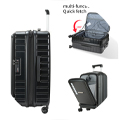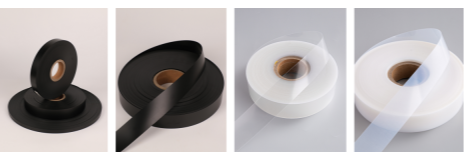Why 20”, 24”, and 28” Suitcases Are Standard Sizes—And What They Mean for You
Why 20”, 24”, and 28” Suitcases Are Standard Sizes—And What They Mean for You
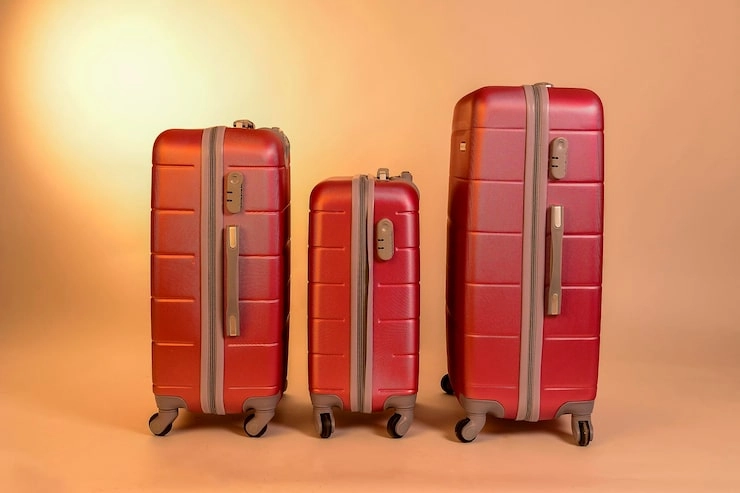
In the travel world, quick fixes and solid gear matter most. Folks dash around the planet for work or fun. That’s why reliable bags are in high demand. Among all the options out there, the 20-inch, 24-inch, and 28-inch suitcases stand out as go-to picks.
A bag’s measurements shape how it works, how easy it is to tote, and if it follows plane rules. Set sizes bring order for makers, carriers, and above all, for folks on the move. They give a sure bet when sorting out journeys. These three lengths hit the mark for everyday trips.
The Logic Behind Standard Suitcase Sizes
Set bag sizes come from two big drivers: plane rules and what travelers really need.
How Airlines Influence Luggage Size Standards
Airlines lay down tough limits for hand bags and checked ones. The 20-inch bag slips right into carry-on spots on most global lines. It’s a top choice for quick jaunts. Bigger 24-inch and 28-inch ones pack max stuff for checked gear. Yet they stay under usual weight and size caps. Besides, this setup keeps things smooth.
The Relationship Between Travel Duration and Suitcase Dimensions
A getaway’s span sets what you pack. For a couple of days, basics squeeze into a 20-inch carry-on. No sweat. A seven-day break? Grab a medium 24-inch. It holds more. Long hauls or group outings call for the roomy 28-inch. What’s more, it fits family loads. Thus, sizes match time away.
The Real Story Behind Luggage Sizes: Who Decides the Standard?
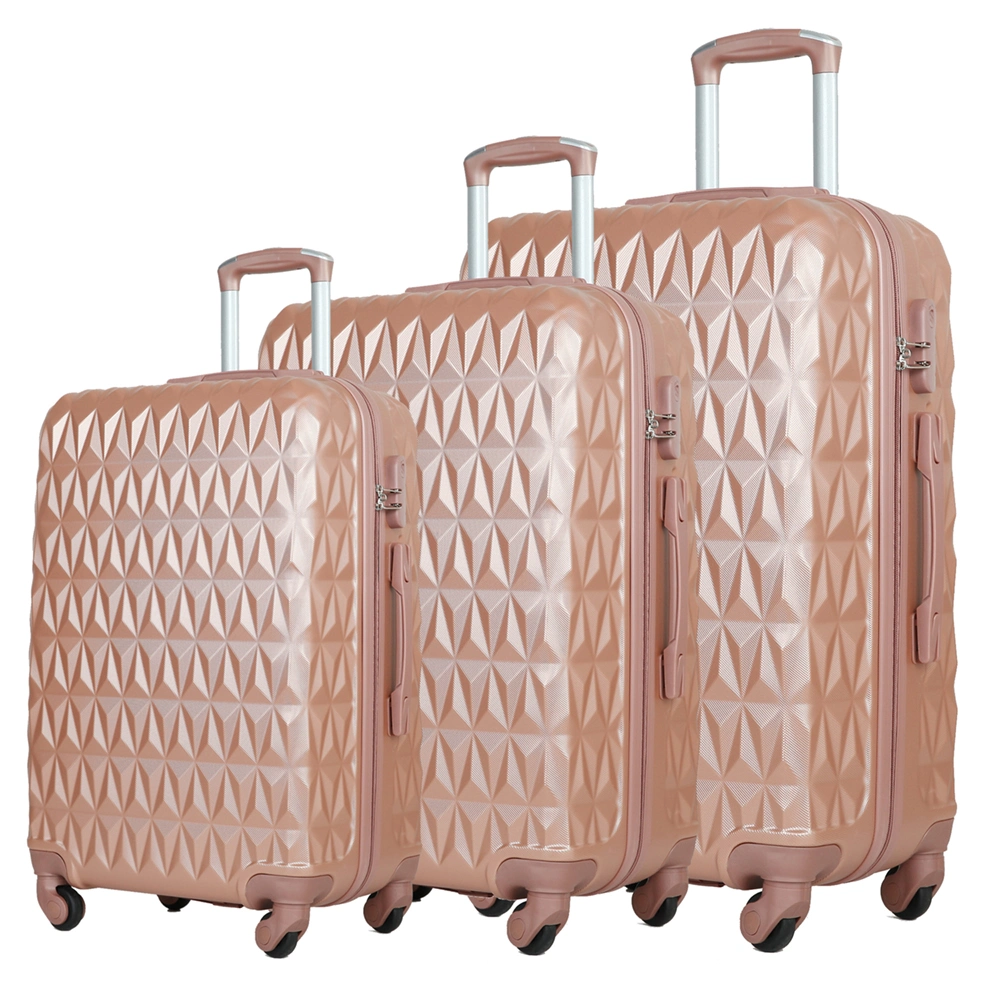
Sure, 20-inch, 24-inch, and 28-inch feel like norms. But no world group stamps them official. They grew from real-world nods, mostly pushed by airlines.
1. Who Actually Decides the Sizes? The Power of Airlines.
No global code locks in bag measures. Airlines call the shots. They pick max lengths for hand and checked bags. Why? Two reasons stand out.
First, plane space. Overhead racks and belly holds set the bounds.
Second, smooth ops. Same sizes speed up sorting and cut risks.
Makers build to match these lines. The 20, 24, and 28 won out. They fit tight and serve most folks well. So, travelers win too.
2. Why These Specific Sizes? A Practical Compromise.
These picks form a simple small, medium, big lineup. It stems from trip truths.
The 20-inch carry-on bows to bin slots. It’s the biggest that slides in every time.
The 28-inch checked beast? It eyes the 62 linear inches cap. That’s length plus width plus height at 62 or less. A 28-inch one hugs that edge. Max room, no extra fees.
Then, the 24-inch middle ground. It bridges tiny carry-ons and huge check-ins. Perfect for that common week away. First of all, it packs outfits easy. And it’s not a beast to drag.
3. Are There Other Sizes? The Full Spectrum.
Sure, the 20/24/28 setup skips details. It leans heavy on U.S. tastes. Around the world, other lengths pop up for local rules and habits. Let’s break it down clear.
Under-Seat Luggage or “Personal Item” (approx. 45 x 35 x 20 cm / 18 x 14 x 8 inches)
This tiny tote fits below the seat ahead. The idea spans borders. But cheap European lines like Ryanair and EasyJet enforce it hard. U.S. budget outfits such as Spirit and Frontier do too. They use gate traps to check. Sizes show in cm over there, inches here. No big shift.
“International” or “European” Carry-On (typically 55 x 40 x 20-23 cm / ~21.5 inches)
Here’s a key twist. This length targets tight carry-on caps in Europe, Asia, and beyond. Big lines there—like Lufthansa, British Airways, Singapore Airlines—stick to cm-based norms. Often 55 cm tall. A U.S. 22-inch might get bounced. So, for globe-trotters, this one’s the safe bet.
The “In-Between” Checked Bag (25-26 inches)
This slot shines in North America. U.S. and Canada folks love it. Not so much from rules. More from what shoppers grab. It’s just right—bigger than 24 for far trips, lighter than 28. Sold in inches only.
Oversized & Specialty Luggage (Over 30 inches / 76 cm)
This bunch breaks global caps. Past 62 linear inches or 158 cm linear. It’s not tied to spots. It’s for jobs: moves, sports gear like skis or clubs, show stuff. Anywhere, it draws big fees. Count on it.
4. Is the Standard Universal? No, and This Is Critical.
Key point: the 20/24/28 way is just a trade habit. Not a world law.
Rules shift by land. U.S. big carriers give loose carry-on room. European cheap ones like Ryanair or EasyJet squeeze tight.
Each line owns its say. A bag fine on Delta? Might flop on Southwest.
Top tip: Peek at your flight’s bag rules first. Always.
Detailed Breakdown of the 20″, 24″, and 28″ Suitcases
Each go-to size fits set roles. Think trip span, ride type, your likes.
1. The 20-Inch Suitcase: The Compact Carry-On
Best for quick work hops. Or short breaks. Two to four days max.
It slips into overhead spots. No check line waits. Light build. Easy roll through jams—at hubs, rails, streets.
2. The 24-Inch Suitcase: The Versatile Mid-Size
Suits week getaways. Trips with outfit swaps. Four to seven days.
Room for clothes, kicks, basics. Not too clunky. Thus, it’s the all-rounder pick. For most on the go.
3. The 28-Inch Suitcase: The High-Capacity Choice
For drawn-out jaunts. Group fun. Or gear hauls. One to two weeks plus.
Huge hold. Fits wardrobes stacked. Or family shares. Tough stuff needed. It takes the pound.
Pros and Cons of Each Size Category
| Size | Pros | Cons |
|---|---|---|
| 20 inch | Airline-friendly; easy mobility | Limited capacity |
| 24 inch | Good balance; versatile | Must be checked; not for carry-on |
| 28 inch | Maximum storage; great for long/family trips | Can be heavy; risk of overweight fees |
Custom Luggage: A Personalized Travel Experience
Standard bags cover basics. But made-to-order ones tweak for you. They boost use and flair.
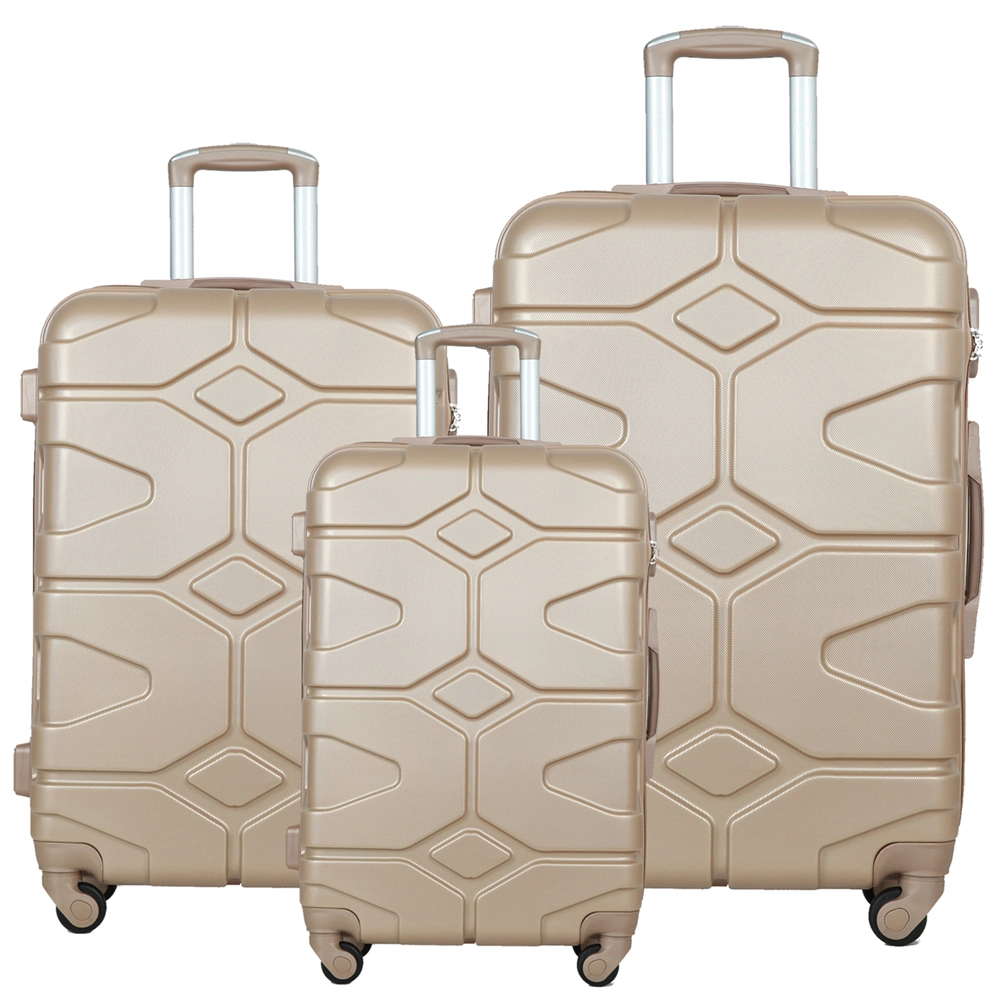
For one traveler, it’s all about you. Pick a bold hue. Spot it fast on the belt. Shape insides your way. Add smart locks. Or plug-in ports. Businesses love it too. Stamp logos. Set team colors. Great for gifts. Or crew kits.
Pengteng: A Go-To Supplier for Standard and Custom Luggage
Need a source for set and made bags? Pengteng tops the list. They blend sketch, build, and sell. Full trolley case spread.
Picks fit needs. Tough PC shells. Light ABS+PC mixes. Bendy soft ones. In 20-inch, 24-inch, 28-inch.
Their edge? Deep tweaks. Own plant. Sharp design crew. OEM/ODM pros. Firms brand for events. Solo folks get one-off fits. Quality holds. Standard or yours. Solid craft every time.
FAQs
Q1: What is the most versatile suitcase size among the three?
A: The 24-inch suitcase is widely considered the most versatile. It balances generous capacity with portability, making it ideal for medium-length trips where a carry-on is too small but a large case is unnecessary.
Q2: Can I use a 20-inch suitcase as carry-on luggage on all airlines?
A: Most major airlines accept a 20-inch suitcase as carry-on baggage. However, it is always best to verify the specific dimension and weight policies of your airline before traveling, as some low-cost carriers have stricter rules.
Q3: Is it worth investing in custom luggage over standard options?
A: Yes, especially if you have specific travel needs or want to represent a brand. Custom luggage allows you to tailor features like compartments, materials, and branding elements, enhancing both your personal travel experience and brand visibility.


